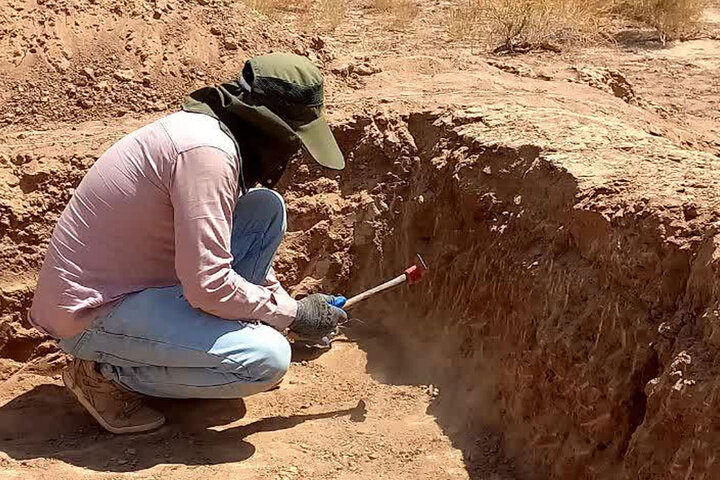Ancient inscriptions, written in Pahlavi scripts, deciphered

TEHRAN – A number of ancient inscriptions, written in Pahlavi scripts, have recently been deciphered at a newly established museum located near the city of Aran-va-Bidgol in the heart of Iran.
Mohammad Javad Abdoli, head of the Cultural Heritage, Tourism, and Handicrafts Department of Aran-va-Bidgol, announced the detection on Monday, saying the deciphered items revealed the name of a related Sassanid town as well.
“These inscriptions identified the city’s Sassanid-era name as Faraskan, which was later changed to Haraskan during the Islamic period.”
The discovery was made at the newly established Vigol Cultural Heritage Museum after its authorities decided to conduct a restoration and cleaning project on gypsum artifacts for public display.
Abdoli further explained that the Pahlavi inscriptions found on gypsum seats within a fire temple at the site were scrutinized and deciphered by a linguist from Tehran University.
He also addressed concerns regarding the construction (or expansion) of a road near the primary zone of the Vigol archaeological site, where the temple and other related ruins are embraced.
“In response, Vigol’s cultural heritage base obtained permission from the Ministry of Cultural Heritage, Tourism, and Handicrafts to conduct exploratory drilling in the immediate vicinity of the road.”
He noted that the initiative was intended to determine the presence or absence of artifacts in the proposed road area, which will inform the final decision regarding the road’s status.
Years ago, preliminary archaeological work on the site led to the identification of the central part of a fire temple and a small part of its circumambulation corridor. The second season of the archeological exploration of the fire temple was to identify other spaces around the central part of the fire temple. Archaeological studies have revealed that since this fire temple was built in the urban context, it is more important than the fire temples that were built away from settlement areas.
Besides architectural evidence, religious elements, and decorative stucco relics were found in this fire temple.
The identification of several Sassanid Pahlavi inscriptions on the walls of the eastern circumambulation corridor of the fire temple added to its importance.
Pahlavi inscriptions were found on the stucco plaster of the Dado which is written with attractive handwriting.
Unfortunately, except for a few inscriptions, most of them couldn’t be read and required extensive research.
AM
Leave a Comment